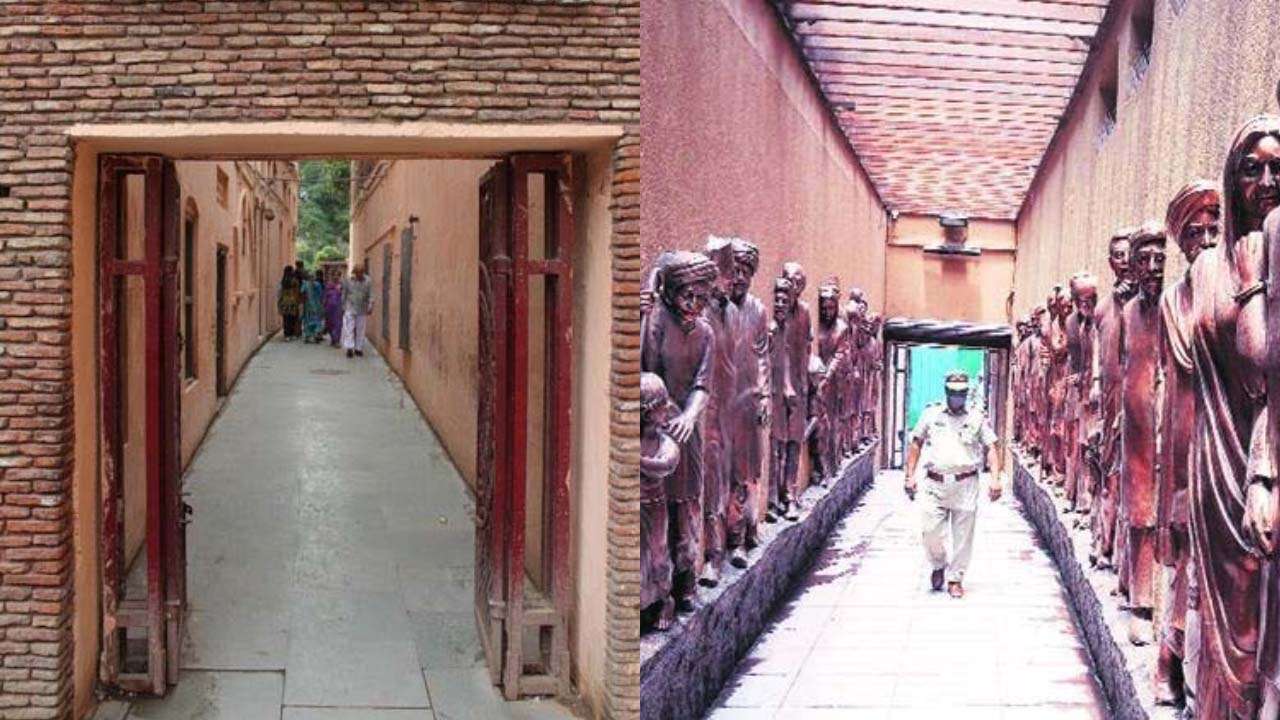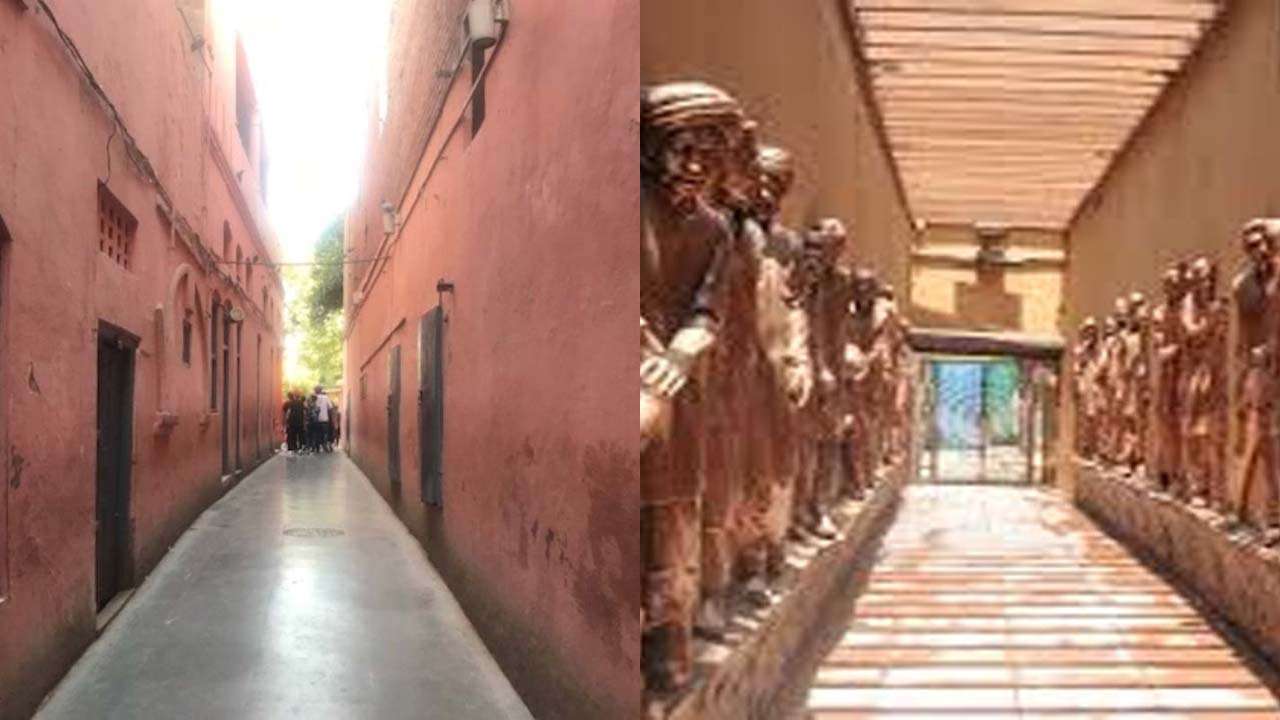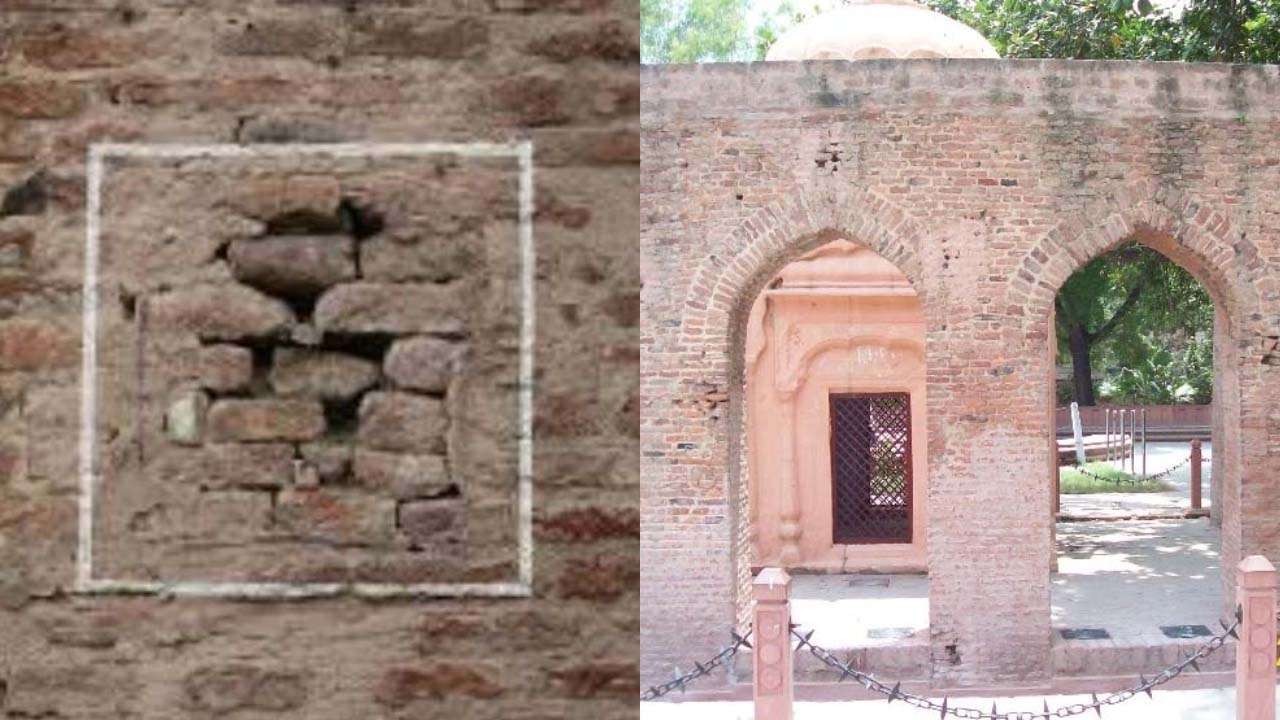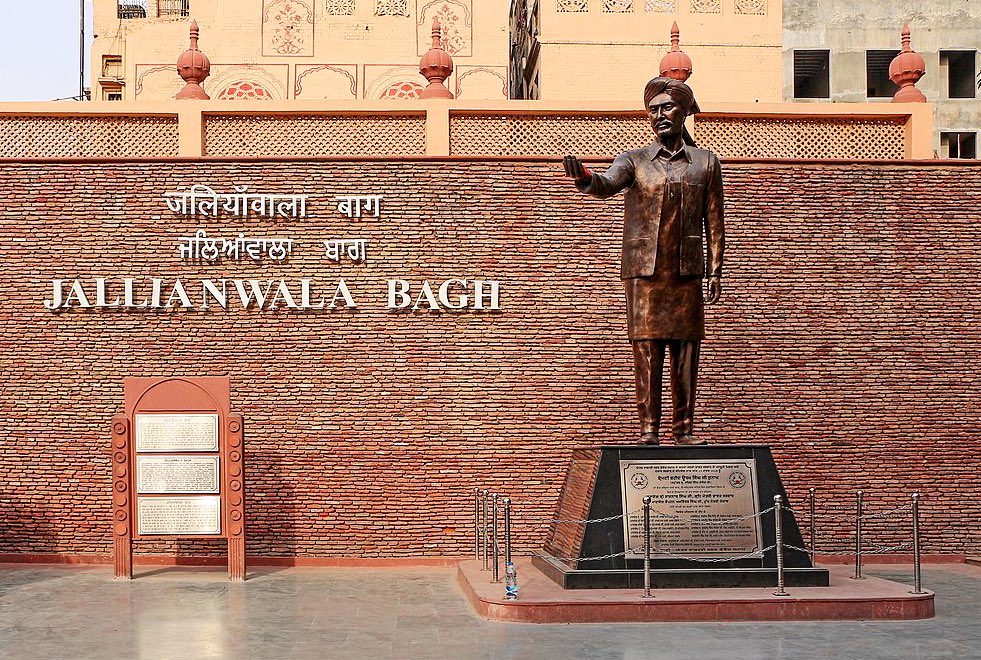The Jallianwala Bagh Massacre was a tragic event that occurred on April 13, 1919, in Amritsar, Punjab, British India (now in present-day India). It was a turning point in India’s struggle for independence from British rule and is remembered as one of the bloodiest and most infamous incidents in Indian history.
The massacre took place in Jallianwala Bagh, a public garden, where a large crowd of Indians had gathered to protest the repressive Rowlatt Act, which had been enacted by the British colonial government to suppress civil liberties and curb dissent. Brigadier General Reginald Dyer, a British officer, marched into the area with a contingent of fifty soldiers and without any warning, ordered them to open fire on the unarmed crowd.
The firing continued for about ten minutes, until the soldiers ran out of ammunition. It resulted in the death of at least 379 people and left over a thousand injured. Many of the victims were women, children, and elderly people who had gathered for a peaceful protest. The massacre shocked the world and led to widespread anger, resentment, and protests across India.
The Jallianwala Bagh Massacre had a profound impact on India’s struggle for independence from British rule. It fueled the nationalist movement and galvanized Indians to demand freedom and self-rule. It also led to widespread condemnation of British colonial rule, both in India and internationally, and further eroded the legitimacy of British rule in India.
The Jallianwala Bagh Massacre is remembered as a dark chapter in India’s history, and the site of the massacre, Jallianwala Bagh, has since become a memorial to honor the victims and commemorate the sacrifices made in India’s struggle for independence.
Why Mascarre take Place?
The Jallianwala Bagh Massacre took place on April 13, 1919, in Amritsar, Punjab, British India (now in present-day India), due to a combination of factors, including political, social, and historical circumstances.
- Protest against Rowlatt Act: The Rowlatt Act was enacted by the British colonial government in 1919, which gave the British extensive powers to arrest and detain Indians without trial, leading to widespread anger and resentment among Indians who saw it as a repressive measure curbing civil liberties and suppressing dissent.
- Indian independence movement: The massacre occurred during a period of heightened nationalist sentiment in India, with Indians demanding freedom and self-rule from British colonial rule. Many Indians were actively engaged in the struggle for independence, and the protest in Amritsar was part of the larger Indian independence movement.
- Political tensions: There were simmering political tensions between Indians and the British colonial government, with Indians seeking greater autonomy and self-governance, and the British authorities responding with repression and authoritarian measures. This created a volatile environment where emotions were running high, and the stage was set for a tragic event like the Jallianwala Bagh Massacre to occur.
- General Dyer’s actions: The actions of Brigadier General Reginald Dyer, the British officer in charge at the time of the massacre, were a key factor. Without any warning or attempt to disperse the crowd through non-violent means, Dyer ordered his troops to open fire on the unarmed crowd gathered at Jallianwala Bagh, resulting in a large number of casualties.
- Lack of accountability: After the massacre, General Dyer faced little or no accountability for his actions. He was widely criticized by some, but also received support from others in the British government and public. This lack of accountability and justice for the victims further fueled resentment and anger among Indians.
In summary, the Jallianwala Bagh Massacre occurred due to a combination of factors, including protest against the repressive Rowlatt Act, the broader Indian independence movement, political tensions, General Dyer’s actions, and the lack of accountability for the massacre. It was a tragic event that had a profound impact on India’s struggle for independence and remains a significant event in Indian history.
Renovation Work:
in 2019, on the 100th anniversary of the Jallianwala Bagh massacre, the Punjab government in India announced plans to renovate and revamp the site to enhance its significance as a historical landmark. The proposed renovations included the construction of a museum, an interpretation center, and a multimedia show to provide visitors with a better understanding of the events that took place during the massacre and its significance in India’s struggle for independence.
Check Jallianwala Bagh Before After Pictures:
- Jallianwala Bagh complex entrance

- Sankra Galiyara of Jallianwala Bagh

- Jallianwala Bagh site of massacre

- Bullet marks in Jallianwala Bagh

- 28-minute light and sound show

Tweets and Replies
Including PM Narendra Modi & Vice President of India, few other celebrities, leaders, historians tweeted today and send their condolences to all the freedom fighters who scarified their life in Jallianwala Bagh Massacre.
- PM Narendra Modi
I recall the sacrifices of all those martyred on this day in Jallianwala Bagh. Their great sacrifice inspires us to work even harder to fulfil the dreams of our great freedom fighters and build a strong and developed India.
— Narendra Modi (@narendramodi) April 13, 2023
- Vice President of India
I join the nation in paying tributes to the innocent children, women and men who were martyred in the inhumane Jallianwala Bagh massacre.
Their sacrifice will always remain etched in the heart of every Indian.— Vice President of India (@VPIndia) April 13, 2023
I join the nation in paying tributes to the innocent children, women and men who were martyred in the inhumane Jallianwala Bagh massacre.
Their sacrifice will always remain etched in the heart of every Indian.— Vice President of India (@VPIndia) April 13, 2023
- Union Minister of State for Entrepreneurship
Tributes to the martyrs of #JallianwalaBaghMassacre 🙏🏻 #JallianwalaBagh #RememberAndNeverForget pic.twitter.com/DCEZmYz6To
— Rajeev Chandrasekhar 🇮🇳 (@Rajeev_GoI) April 13, 2023
- Nitin Gadkari
जलियांवाला बाग हत्याकांड के अमर शहीदों को शत्-शत् नमन। #JallianwalaBaghMassacre pic.twitter.com/W06ur2HMC5
— Nitin Gadkari (@nitin_gadkari) April 12, 2023
- Honeypreet Insaan
13 अप्रैल 1919 का दुखद दिन हम भारतवासी कभी नहीं भुला पाएंगे, जब जलियांवाला बाग़ में शांतिपूर्वक इकठ्ठे हुए अनेक भारतीय भाई, बहन, बच्चे व बुजुर्ग वीरगति को प्राप्त हुए थे।
उनकी शहादत को कोटि कोटि नमन, व उन्हें भावपूर्ण श्रद्धांजलि। #JallianwalaBaghMassacre— Honeypreet Insan (@insan_honey) April 13, 2023
- Vasundhara Raje
ब्रिटिश शासनकाल के इतिहास में भारतीयों पर बर्बर जुल्मों का सबसे काला अध्याय यदि कोई है, तो वह है – जलियांवाला बाग हत्याकांड। अंग्रेजों द्वारा मां भारती के आंसुओं से लिखे इस बर्बर नरसंहार में शहीद हुए सभी अमर शहीदों को मेरी ओर से विनम्र श्रद्धांजलि। #JallianwalaBaghMassacre pic.twitter.com/UyYdaQThoh
— Vasundhara Raje (@VasundharaBJP) April 13, 2023

